
Marquee TV – Summer Shorts festival
in association with Screen.dance and the San Francisco Dance Film Festival
21 dance films streamed throughout August 2020
★★★★✰
www.marquee.tv
www.screen.dance
www.sfdancefilmfest.org
This Festival throughout the month of August was not, as might have been supposed, a contest to find the best beachwear but an online fiesta of 21 dance films, sourced from all over the globe and presented by Marquee TV in association with Screen.dance (Scotland’s Festival of dance on screen) and San Francisco Dance Film Festival.
While the creatives behind the films included familiar names (such as Alexander Ekman and Jasmin Vardimon) for the most part they were new to me, invariably introducing welcome discoveries. Subject matter was also richly diverse, ranging from biographical narrative to abstract alien futures; and the multiplicity of performance forms included ballet, contemporary, aerial, hip-hop, acrobatics, tango and even cartoon dancers. There was something for every taste and mood, including humour and pathos a-plenty.
There were some confusing issues with the curation, not least that the festival’s original intention was to cover 28 films and a planned partnership with Scottish Ballet did not materialise (I suspect that this accounted for the seven missing films). Although the material was diverse, six films came from just two directors. Nonetheless, Marquee TV (a subscription-based platform) should be congratulated for including all 21 films in a free-to-access collection.
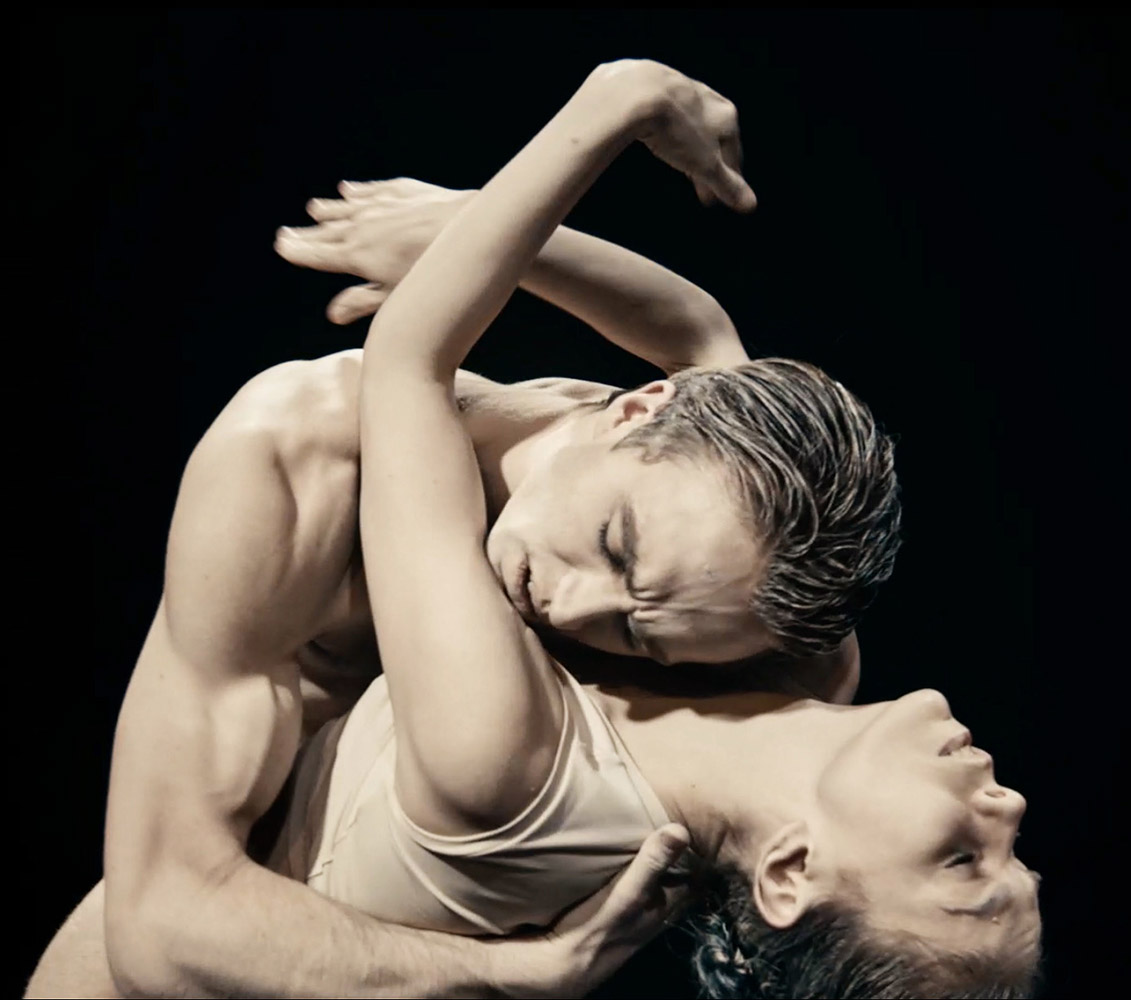
© Alice Pennefather, Marquee TV. (Click image for larger version)
Alice Pennefather was the director responsible for a quartet of narrative-based entries: Dreams of Giverny, The Sun is God, In Her Hands and Esprit du Jardin, made between 2017 and 2019. Pennefather has a particular directorial style with an unerring eye for beautiful imagery and subject matter arising from similar sources. Three of these works are concerned with an artist or a particular painting. Dreams of Giverny is unsurprisingly about Claude Monet, filmed in the gardens of his home; In Her Hands concerns the tortured affair between Camille Claudel and Auguste Rodin; and Pennefather’s poignant tale of the war-torn separation of two lovers (The Sun is God) was inspired by Turner’s painting of the Lake at Petworth House, where the work was filmed.

© Alice Pennefather, Marquee TV. (Click image for larger version)
Each of these three films is also about the transformative Romantic power of memory and each stars principal dancers from The Royal Ballet dancing to the classical choreography of Valentino Zucchetti: Natalia Osipova is Claudel; Sarah Lamb is the woman transported to the past in Giverny (supported by Annabel Pickering as Rodin’s granddaughter); Francesca Hayward is the occupant of Petworth remembering her absent lover, while Matthew Ball does double duty as both that soldier and Rodin. The odd one out is Esprit du Jardin, a solo for The Royal Ballet’s sensational first artist, South African ballerina, Ashley Dean, performing as the spirit of a walled garden across the seasons (first emerging from the icy water of a granite basin) in delightful choreography by Kristen McNally. Pennefather may be making films to a pattern but she has certainly found a winning formula.

© Alice Pennefather, Marquee TV. (Click image for larger version)
The presence of stars from The Royal Ballet continued with Andrew Margetson’s Nela, a magical performance by Marianela Nuñez to Nina Simone’s familiar rendition of Feeling Good, choreographed by Will Tuckett. This gorgeous film encapsulates both the crisp precision of Nuñez’s technical excellence and the idiosyncrasies of her seductive personality. Federico Alfonzo’s lighting effects and photography are superb.
Two films come from the same stable adjacent to Queensland Ballet; both directed by Ryan Renshaw and choreographed by Jack Lister, but intensely different. Bubblegum is the shortest of the 21 works; a dark, dystopian episode featuring Pol Andres Theo as a drunk, wandering back to a home occupied by a couple of comatose women, before collapsing onto a bed and blowing a bubble with his gum. Happy Ending is a visually stunning exploration of the fine line between artist and con-artist – apparently influenced by the career of Uri Geller – starring Vanessa Morelli and Rian Thompson. Both of Renshaw’s films are dominated by fast edits and mind-bending (not to mention fork-bending) imagery.

© Ryan Renshaw, Marquee TV. (Click image for larger version)
Four films stood out for me on the lighter side of entertainment. Sweater was a cute American comedy, written, directed and starring Nick Borenstein whose day starts full of self-doubt about his new (pink) sweater until a random act of kindness by a coffee store barista (Yedoye Travis) leads to a parody of a pop video to a catchy song called Swipe it Off. O Abraço Logo Vem (Hug Soon Comes) is an experimental cartoon film by Paolo Accioly from Brazil, made with the input of over 60 illustrators, capturing the movement of two dancers (Jeane Rocha and Samuel Pita) in frenetic colour and a host of different styles. It was one of very few films made during the pandemic. Popsicle is another riotous burst of colour with a sharp focus on the female gaze, crisply filmed at over 1000 frames per second by Shimmy Boyle and directed by Katherine Helen Fisher. Bunny is the epitome of feel good with two young girls (Ella Graves and Abigail Broomfield) dressed in bunny ears dancing energetically to a great rock song called Devil On My Shoulder by Waste. This film, by James Copeman – choreography by Sophia Melvin – is guaranteed to put a smile on anyone’s face and deservedly won the Audience Award in the Screen.dance Festival.
On the more challenging spectrum was Ina (Light), choreographed and performed by Alesandra Suetin with Nandi Bhebhe, Kennedy Muntanga and Randolph Matthews (who composed the music). Originally broadcast on Channel 4 in 2018, this is a thematic representation of struggle against some unseen oppressive force and we can feel the sweat of that fear in this brief but powerful film. About Face is a hard-hitting polemic on the all-too-familiar journey into gun crime for young Black Americans that introduced me to the particular performance style of Drew Dollaz, a pioneer of flexing (a contortionist strand of street dance colloquially known as bone-breaking). His unique movement style also incorporates aspects of jookin and ballet, which are evidenced in this powerful narrative film by Yoram Savion.
Jade Hale-Cristofi choreographed Sergei Polunin’s viral performance in David LaChapelle’s Take Me To Church and he has produced another great dance solo (this time taking the directing credit as well) for Kyle Allen in Surprise Yourself. Allen is already on course to become a major movie star in the US (he will appear in the upcoming remake of West Side Story) and he is an exciting classically-trained dancer; here, his version of Donald O’Connor’s back somersault after running up the wall from Singin’ in the Rain is just one of several injury-defying virtuoso tricks.
Jasmin Vardimon’s Body Map was filmed at Carluccio’s in St Pancras, in 2019, and yet it is touchingly prescient about the covid-19 pandemic in a visual articulation of the need for human interaction, represented by a crayon-line drawn to connect the bodies of all the café’s guests and staff, starting from the middle of lone diner Aoi Nakamura’s forehead. This joyful film packs a powerful message, albeit simply put, and is full of miniature vignettes illustrating the relationships of those at each table. A strong sense of ironic humour shines through Alexander Ekman’s Concise Guide to Natural Movement, comprising five uneven sections about how to make a contemporary dance work, performed by five dancers including Ekman himself and the charismatic Britt Juleen (formerly of Dutch National Ballet).
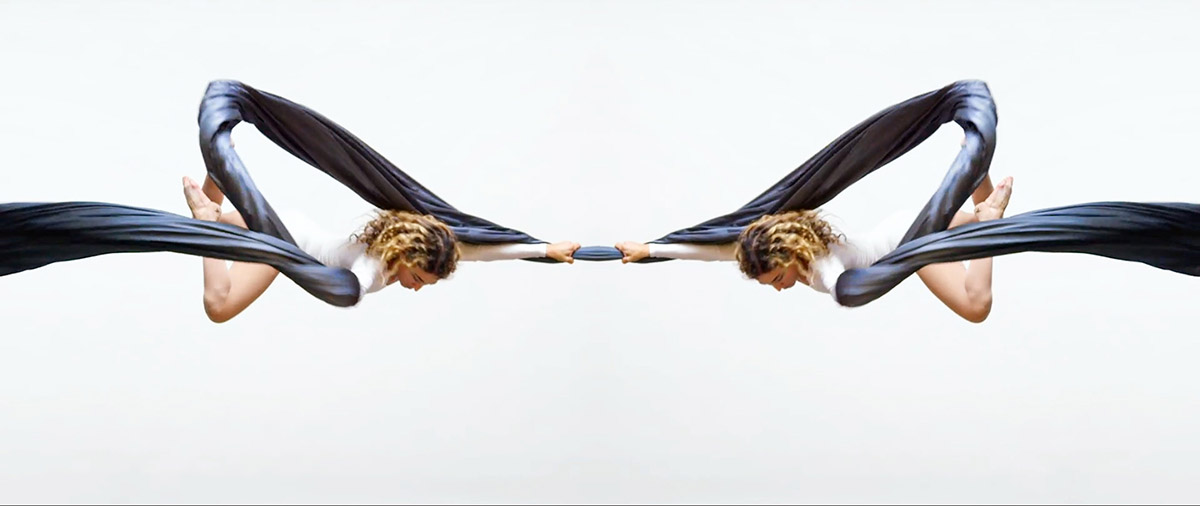
© Jeff Consiglio, Marquee TV. (Click image for larger version)
Two styles of movement at opposite ends of the dance spectrum were represented in Eve (aerial silk) and Being (tango). The former is the ultimate chill-out experience made by academy award-winning director, Jeff Consiglio, and cinematographer, Alexandre Naufel (together they comprise madeinhollywoodusa), featuring a superb aerialist, JB Naufel (some relation, surely) but innovatively flipped onto a horizontal view, thus creating a beautiful, kaleidoscopic experience, greatly enhanced by Aaron Drake’s ethereal, original score and the amazing landscape of California’s Salton Sea. A leit motif of erotic imagery and superb camerawork (shot on fast film on a red helium camera) transcend the film.
Being is a love letter to the transformative power of Argentine Tango, written and directed by Pablo Destito with sensuous choreography by Agustina Videla. Filmed in Buenos Aires, it features an evening in the life of Victoria Scolari, journeying to and from a tango rehearsal, where she joins nine other superb dancers. The humdrum nature of her day is quickly overtaken by the passion of the tango and all that matters or exists for those few minutes is her partner and the dance.
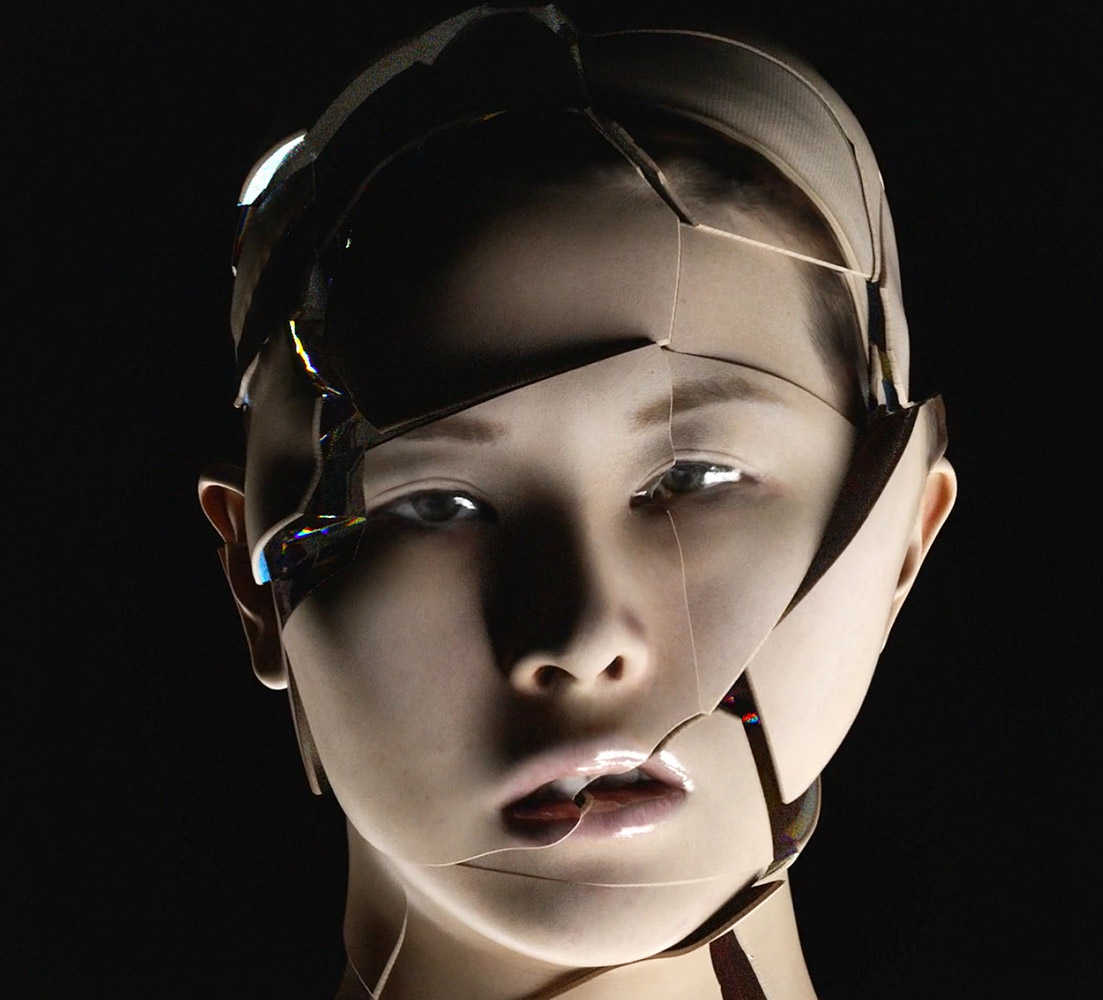
© Marco Molinelli, Sic Est, Marquee TV. (Click image for larger version)
One of the most intellectually challenging works was 4, an amalgam of experimental music and dance directed by Mariana Palacios and Adrian Del Arroyo where two pianists (Palacios and Juan J Ochoa) and two dancers (Sabine Groenendijk and Benjamin Behrends, both of GöteborgsOperans Danskompani), each dressed in futuristic, transparent white boiler suits, play with the interactions of sound (mostly made by direct manipulation of the piano strings) and movement, choreographed by Del Arroyo. They appear to be observed by an unseen presence and the futuristic atmosphere is particularly potent. This is also true of the surreally strange Behold The Man, co-directed by Marco Molinelli and Sic Est, which takes its inspiration from Michael Moorcock’s eponymous science fiction novel and contains remarkable special effects of plasticising, shape-shifting, dissolving bodies; concluding dramatically with a face that appears to crack and smash like porcelain hitting concrete. This high-quality 2019 film has deservedly won a slew of awards.
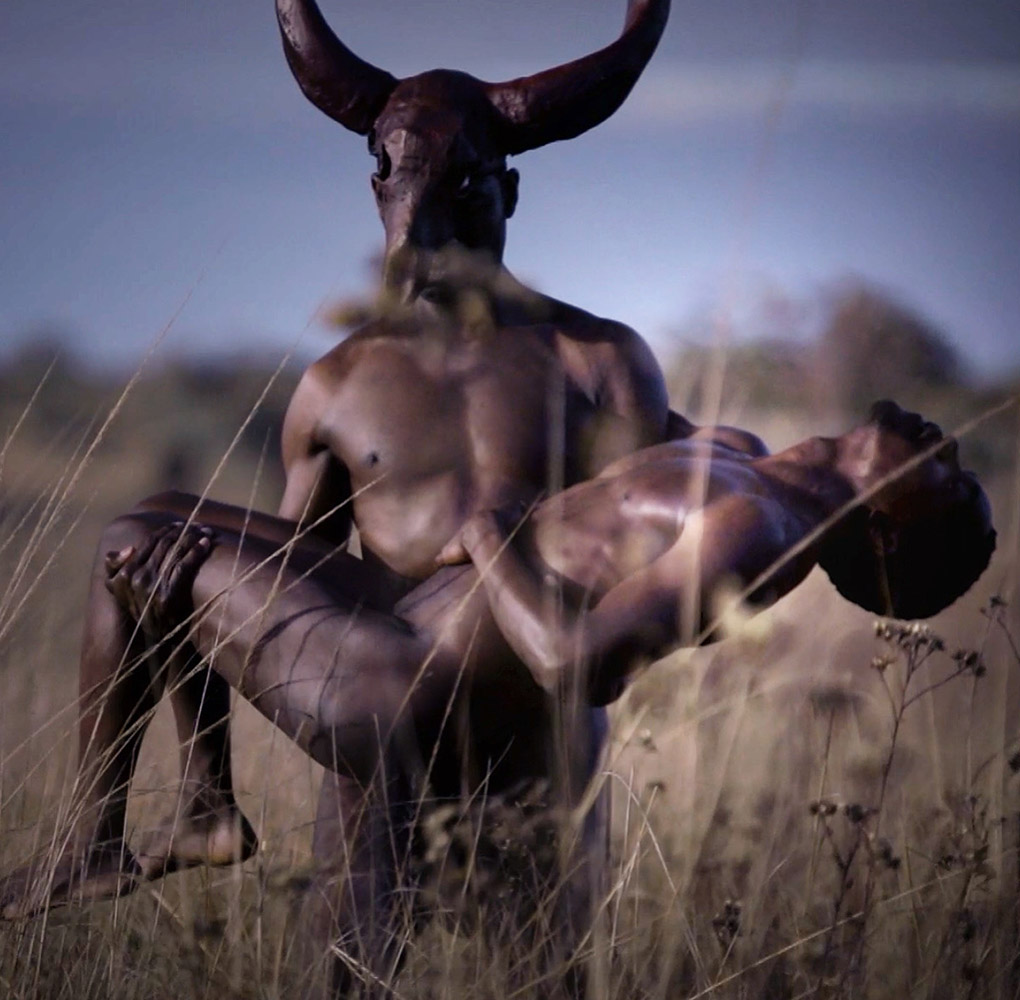
© Antoine Panier, Harold George, Marquee TV. (Click image for larger version)
Each of these films has great merit and I thoroughly enjoyed watching them all. Choosing my own “festival winner” was difficult but one work remained in my head while watching all the others and that was another multi-award-winning film, Making Men; an autobiographical piece by Sierra Leonean choreographer, Harold George (directed by Antoine Panier) for Brussels-based Dunia Dance Theatre. At 15 minutes, it was the longest of the 21 films, seamlessly knitting together four sections concerning the myths and paradoxes of masculinity. The two dance sequences for an excellent male quartet, filmed on location near Harare, were visually stunning, evoking the essence of heat and fusing contemporary dance with a powerful African aesthetic in George’s highly idiosyncratic choreographic style. It was one of a rich mix of welcome discoveries in this enforced potpourri of diverse and excellent dance films, which hopefully will not be seen as a pandemic one-off.












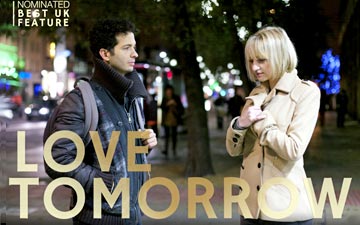

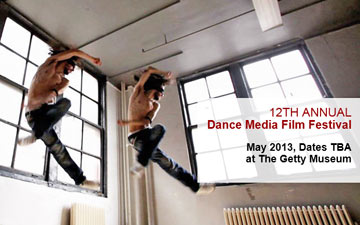
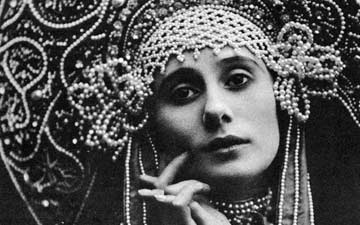
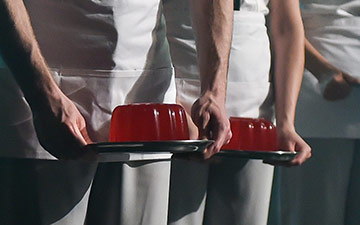
You must be logged in to post a comment.